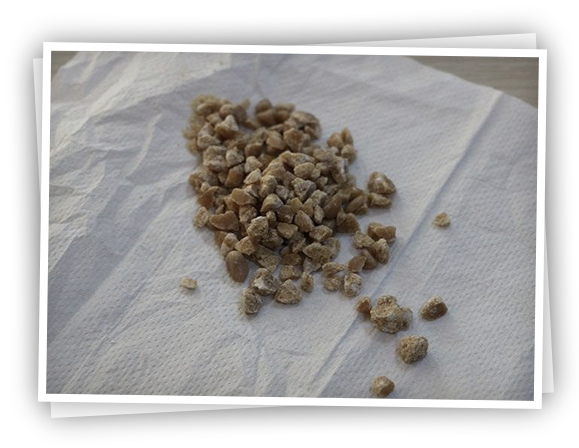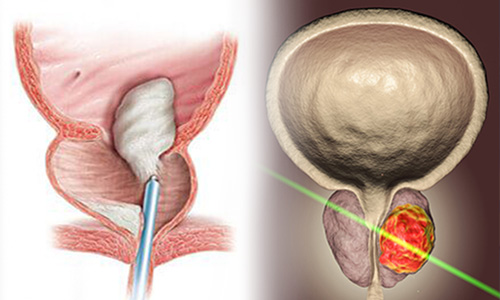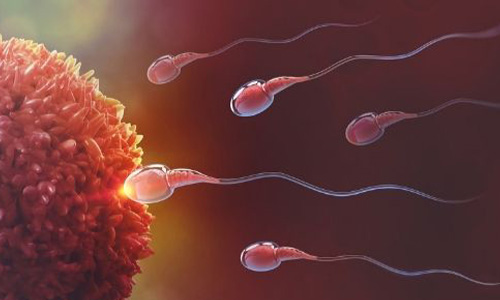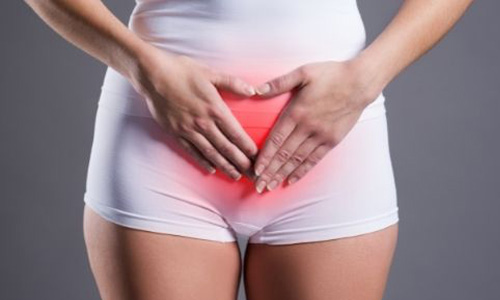Ultrasound: It is the first preferred method. Not using radiation is the most important advantage and it is the first preferred method in children and pregnant patients.
X-Ray: As approximately 70% of the stones contain calcium, they can be viewed with X-ray (direct urinary system radiography). Stones that can be visualized by X-ray are called opaque (Ca-phosphate, Ca-oxalate), and those that cannot be visualized are called radiolucen or non-opaque stones (uric acid, ammonium urate, xanthine, drugs-induced stones). If some stones cannot be seen clearly, they are called semi-opaque (magnesium-ammonium-phosphate: struvite, apatite and cystine).
Tomography: Computed tomography (CT) is now accepted as the most sensitive (99%) method in the diagnosis of stone patients. The location, size and hardness (density) of the stone are the biggest advantages of providing information about the relationship of the kidney with the intra-abdominal organs. Although radiation exposure is its biggest disadvantage, this concern has been eliminated with the use of devices that emit low-dose radiation today.
Other: Nuclear methods (DMSA, DTPA, MAG3) can be applied in cases of structural disorders that cause loss of function or drainage disorder in the kidney. Magnetic resonance imaging (MRI) is the examination method that can be preferred in pregnant patients for whom X-ray methods are inconvenient.


















